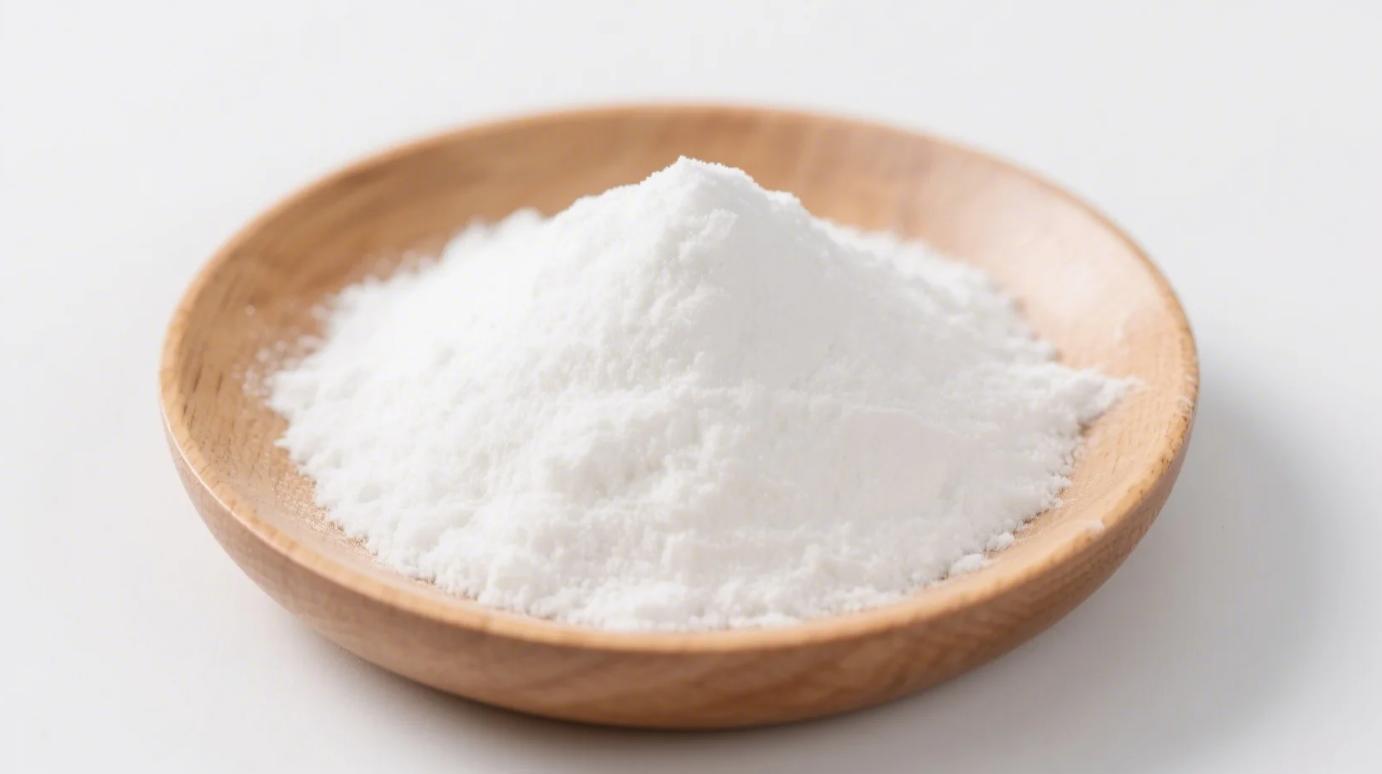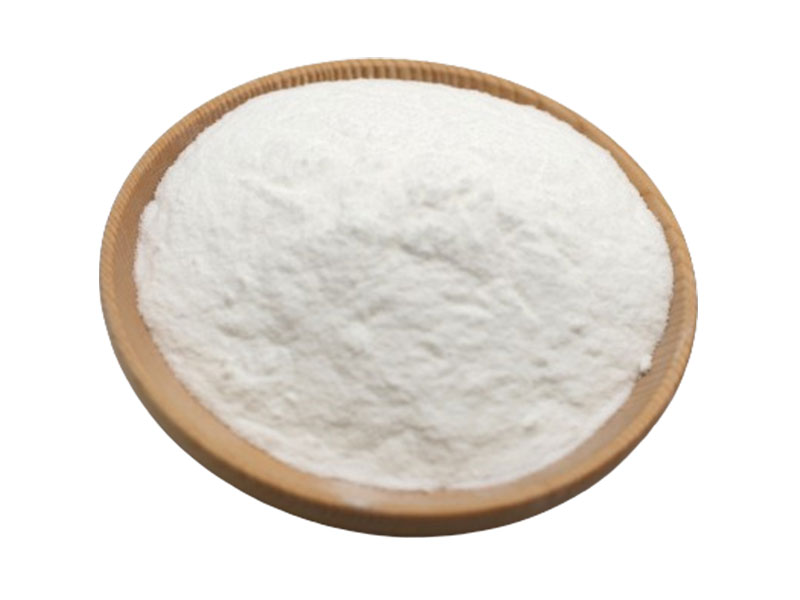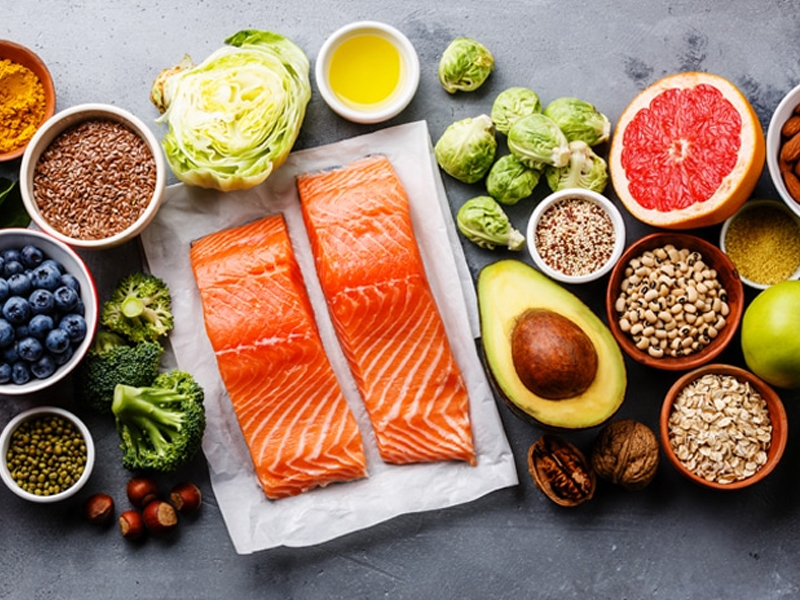Picture this: You stir a white powder into your coffee that looks like sugar, tastes like sugar, but doesn’t spike your blood sugar. Is it a lab-made sweetener? Spoiler: FOS powder is nature’s undercover agent—extracted from plants, not synthesized in test tubes.
The Origin Story: Where FOS Really Comes From
- Organic FOS powder/syrup: Concentrated from chicory root, bananas, or Jerusalem artichokes using water extraction.
- Artificial sweeteners: Chemically engineered (e.g., aspartame from petroleum, sucralose via chlorination).
- Key difference:
- FOS = Plant fiber with sweet taste
- Splenda/Saccharin = Molecules that don’t exist in nature
3 Tests to Spot “Fake” vs. “Real” Sweeteners
- Digestion Test:
- Artificial sweeteners: Pass through gut undigested (leave no trace).
- FOS powder: Fermented by gut bacteria → produces butyrate (colon fuel).
- Proof: PET scans show FOS lights up your microbiome like a Christmas tree ?.
- Blood Sugar Experiment:
- Group A drank FOS syrup (10g) → blood glucose flatlined.
- Group B drank maltitol (sugar alcohol) → 30% blood sugar spike.
- Why: FOS is 0.3 calories/gram vs. sugar’s 4 calories.
- Aftertaste Check:
- Artificial sweeteners: 68% report metallic/licorice aftertaste (2023 Taste Science Journal).
- FOS syrup: Clean finish like maple water.
The Gut-Brain Bonus Artificial Sweeteners Can’t Match
| Benefit | FOS Powder/Syrup | Artificial Sweeteners |
|---|---|---|
| Feeds probiotics | ✅ (Bifidobacteria feast on FOS) | ❌ (May harm microbiome) |
| Reduces anxiety | ✅ (Via gut-brain axis) | ❌ (Linked to mood swings) |
| Tooth-friendly | ✅ (No acid production) | ⚠️ (Erodes enamel) |
Shocking fact: Rats fed FOS syrup showed 37% fewer stress hormones than those fed aspartame (UCLA study).
”But It’s Processed!” – The Organic Loophole
Critics argue: “Extraction makes FOS artificial.”
- Counterpoint:
- Olive oil is pressed from olives → still “natural.”
- FOS powder = squeezed chicory root juice → dried.
- Certified organic FOS:
- No solvents/bleach used
- Non-GMO crops
- Raw material traceability
3 Sneaky Ways Companies “Artificialize” FOS
- Blending with synthetics:
- Some “FOS syrups” cut with sucralose → check labels for “other sweeteners.”
- Chemical purification:
- Non-organic FOS may use ethanol washes → residues linger.
- Fillers:
- Powder mixed with maltodextrin (corn-derived, often GMO).
Red flag: Syrup darker than honey = likely overheated during processing.
How to Use FOS Like a Pro
- Powder:
- Bake with it (replaces 70% sugar, add 1 tsp extra liquid).
- Hack: Mix into yogurt → prebiotic boost without grittiness.
- Syrup:
- Stir into cold drinks (dissolves instantly vs. powder clumping).
- Magic ratio: 1 tbsp syrup = sweetness of 2 tsp sugar.
Who Should Avoid FOS?
- FODMAP-sensitive folks: FOS can trigger bloating (start with 1/4 tsp).
- SIBO patients: May worsen bacterial overgrowth.
- Iron deficiency warning: FOS boosts calcium absorption → can inhibit iron uptake if taken with meals.
Final Verdict:
Fructooligosaccharide is NOT an artificial sweetener. It’s a prebiotic fiber that happens to be sweet. While artificial sweeteners trick your taste buds, FOS nourishes your gut—proven by 400+ studies.
“FOS is the double agent: Sweetness for you, dinner for your good bacteria.”
Stop guessing about sweeteners. Choose organic FOS powder/syrup—the only “sugar” that leaves your gut happier than it found you. (Your microbiome will send thank-you notes.) ?
P.S. Try stirring FOS syrup into matcha latte. 10/10 baristas called it “velvety alchemy.”
Related Products
Organic Fructooligosaccharides
Premium Prebiotic Fiber for Gut Health, Functional Foods & Dietary Supplements
Organic Maltodextrin Powder
Versatile Clean-Label Carbohydrate for Food, Beverage & Nutraceutical Applications



